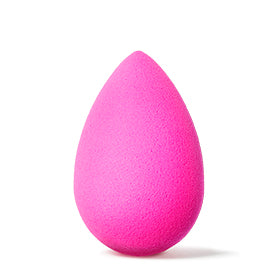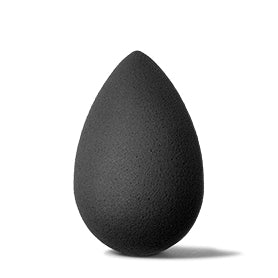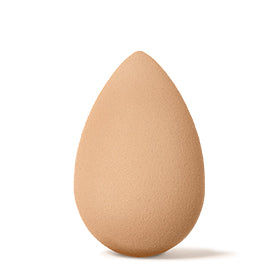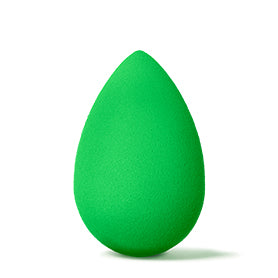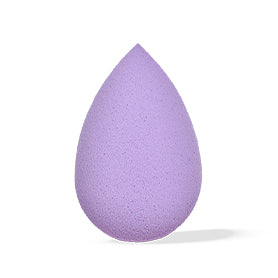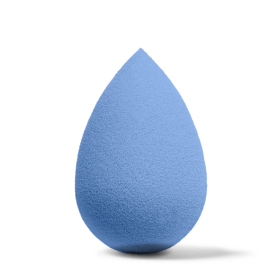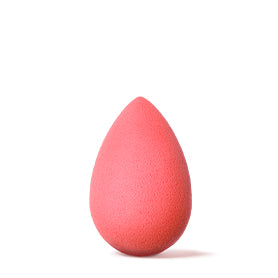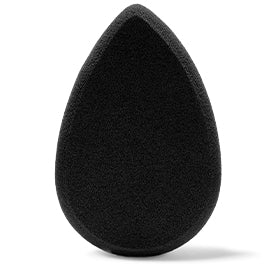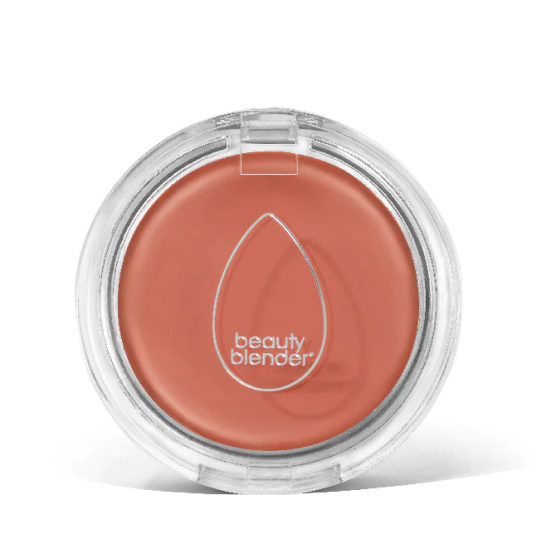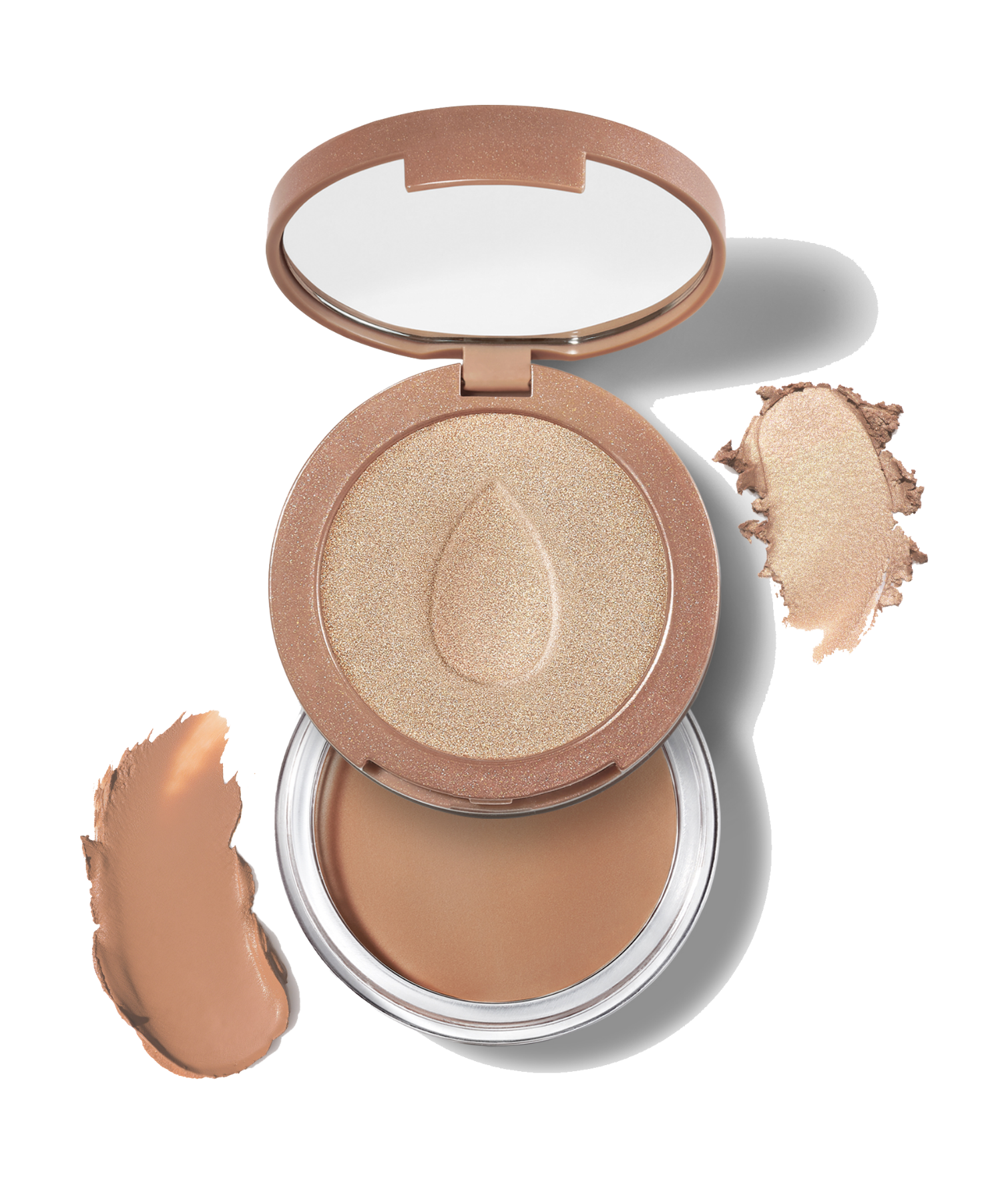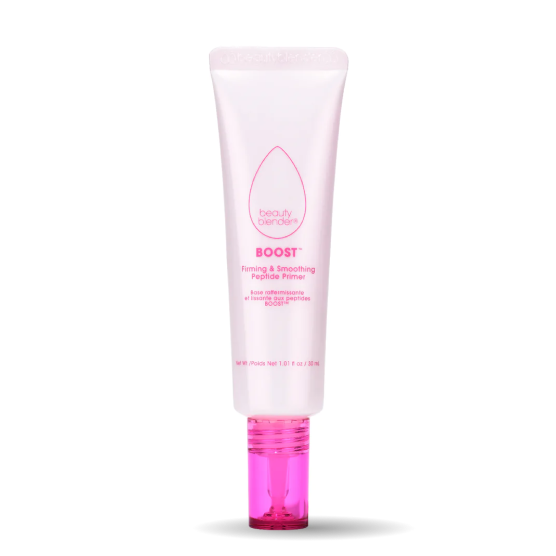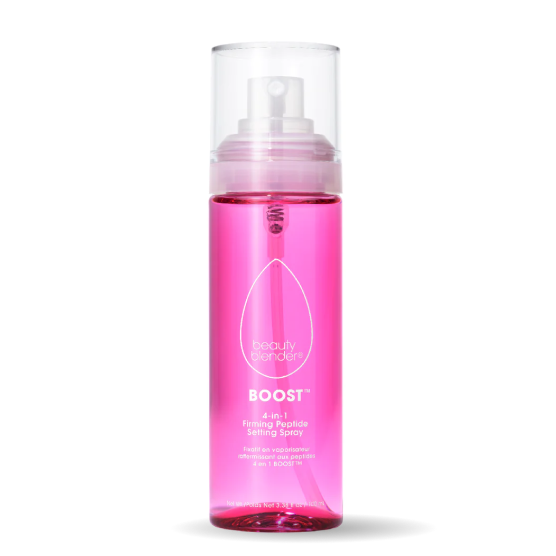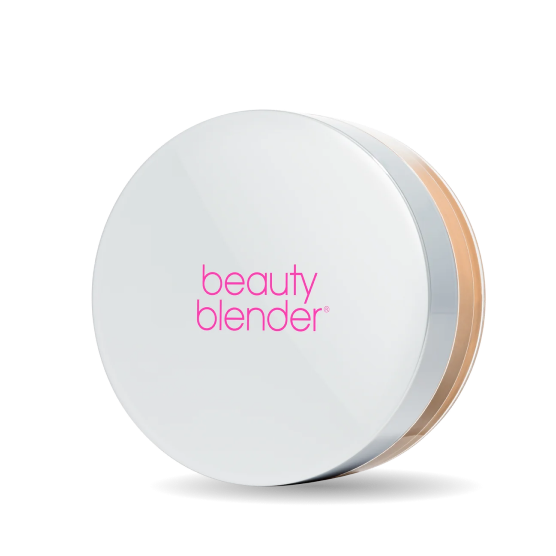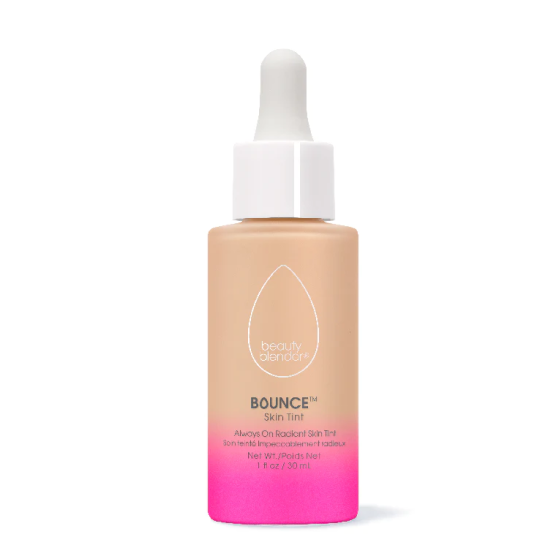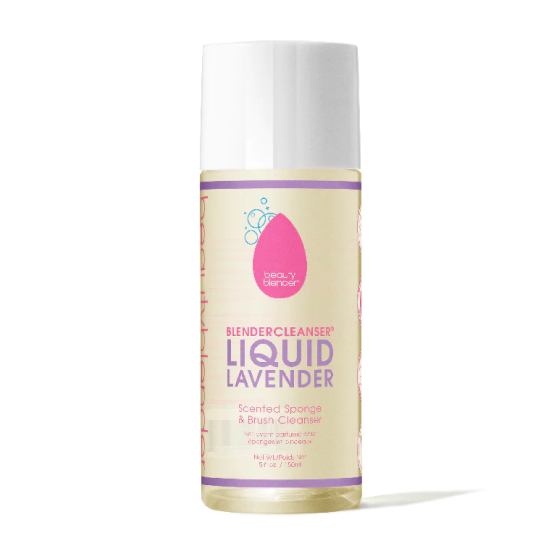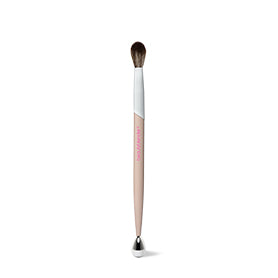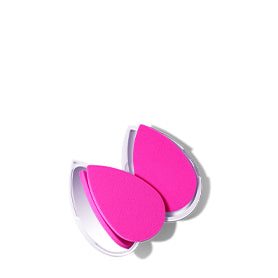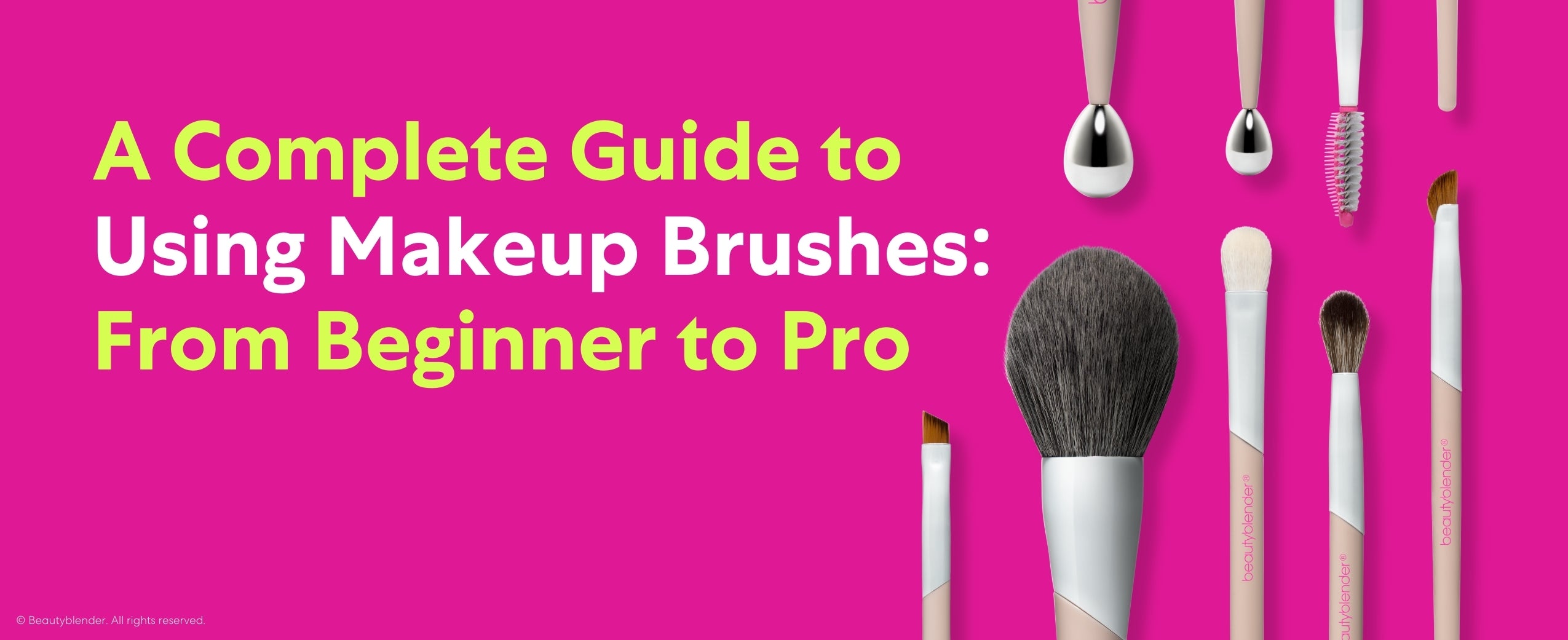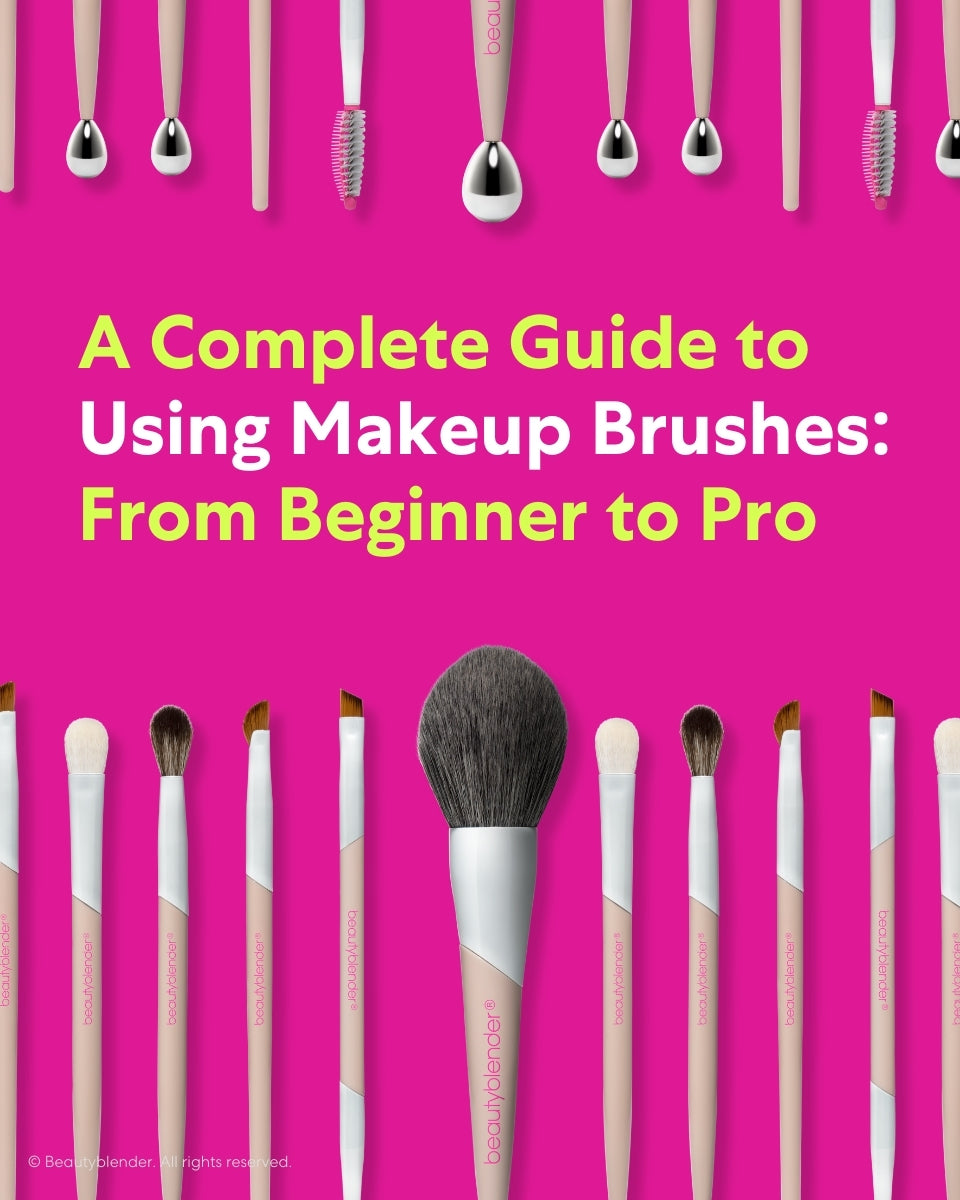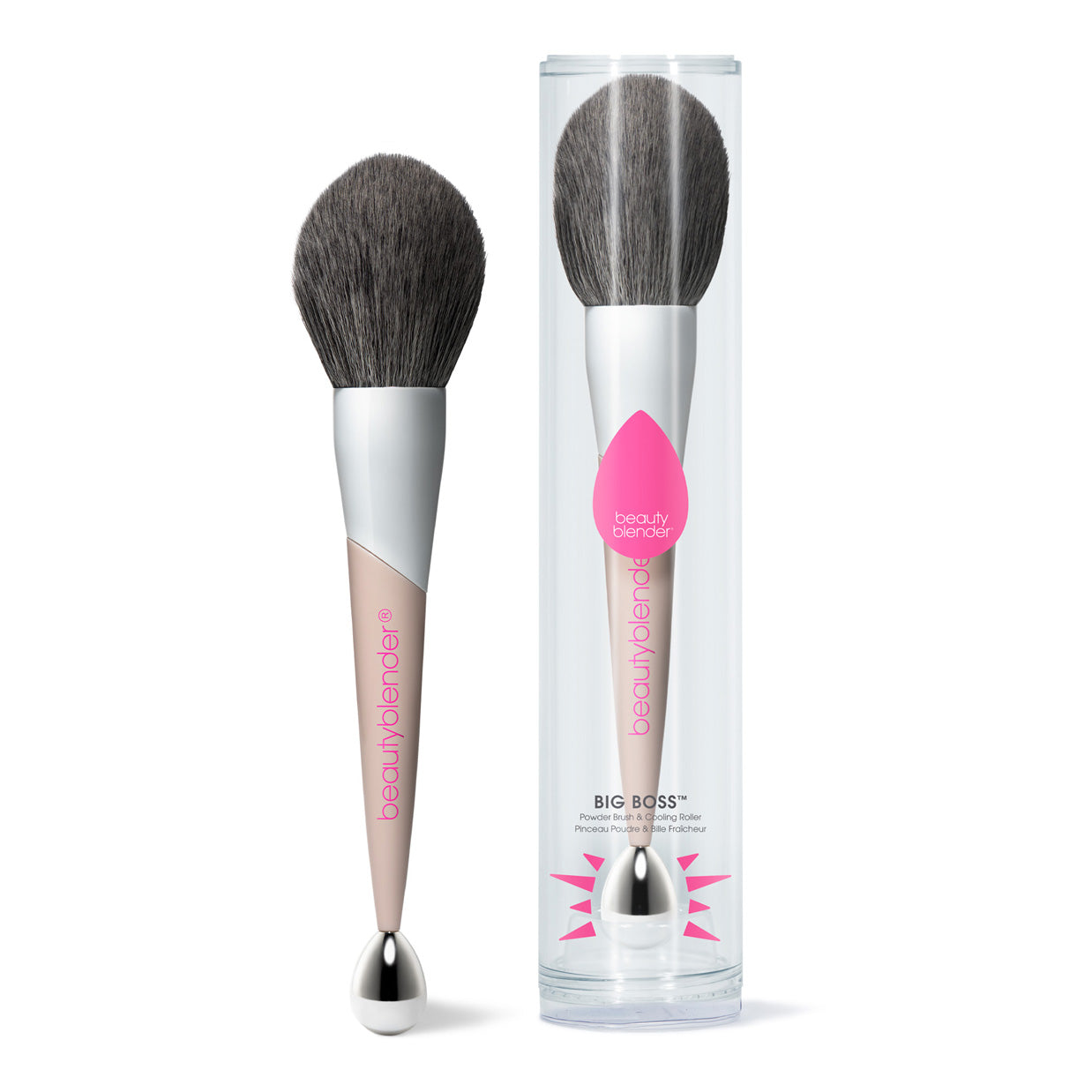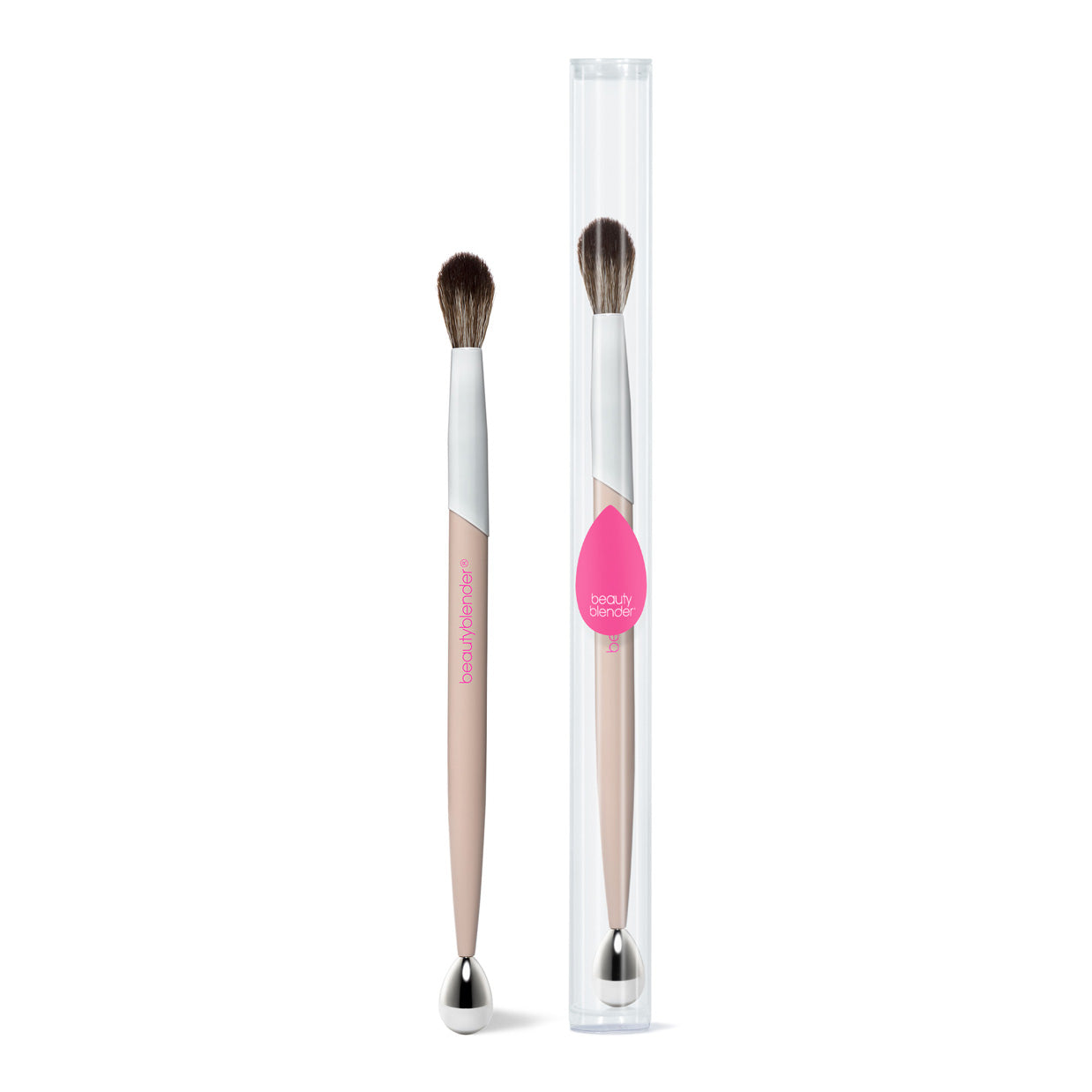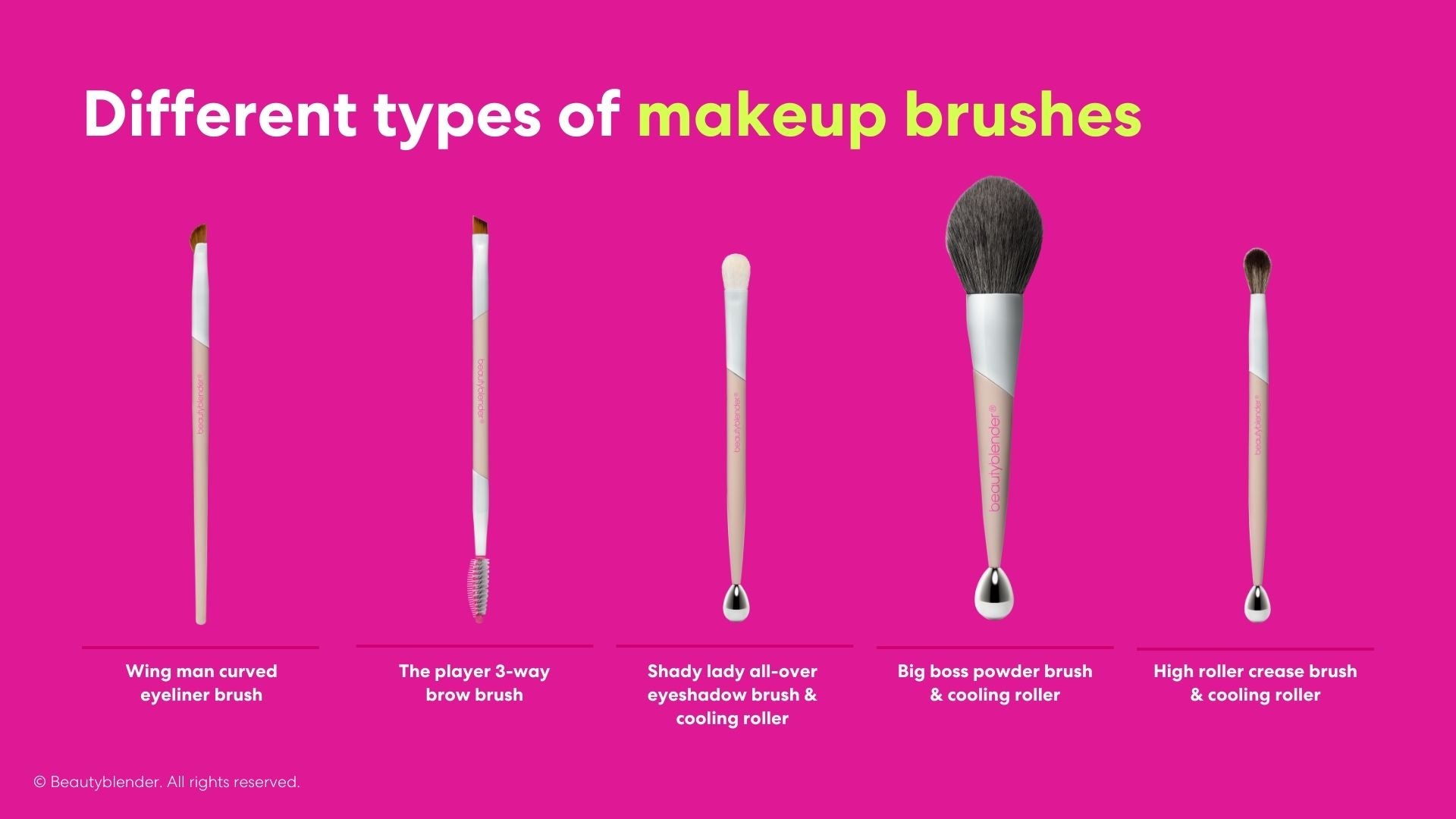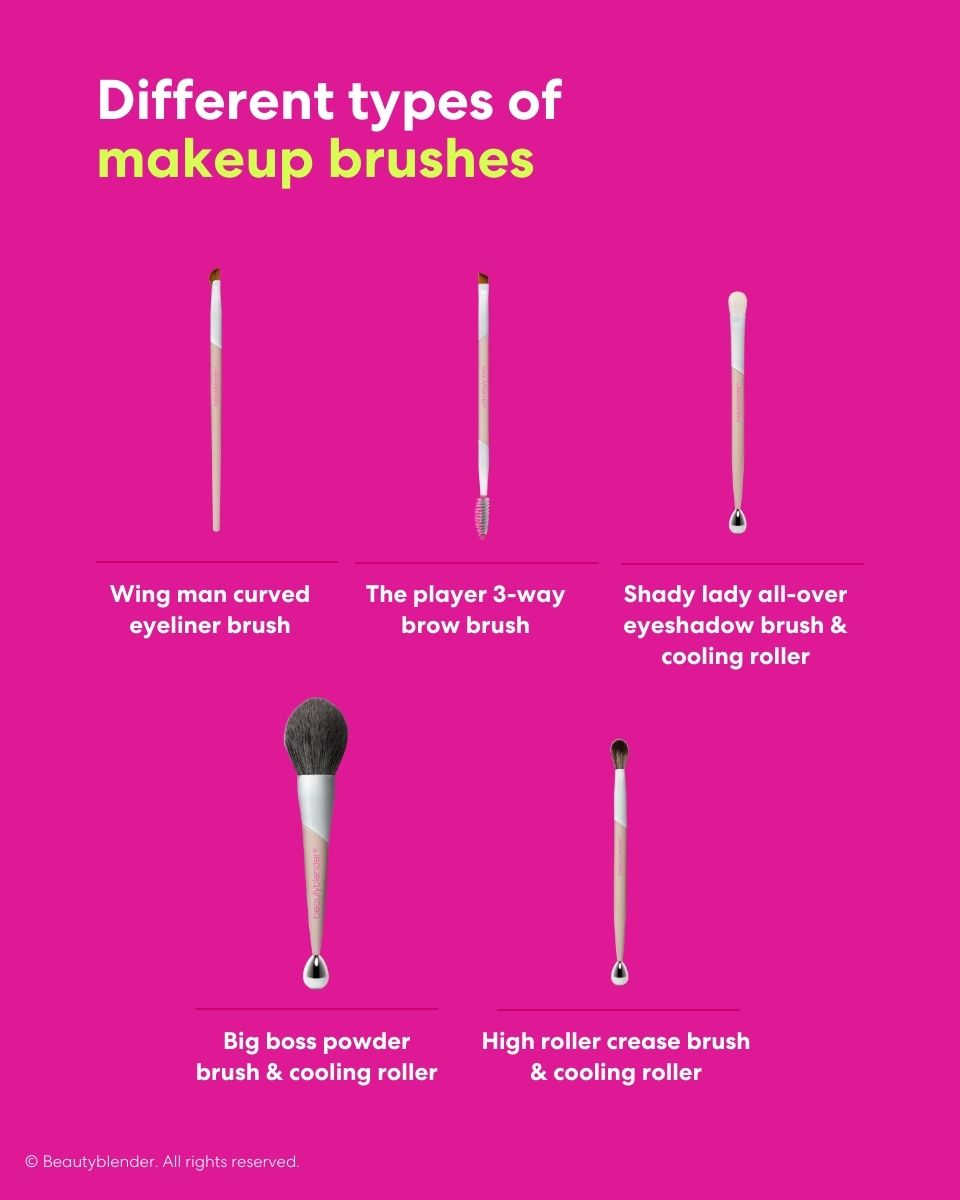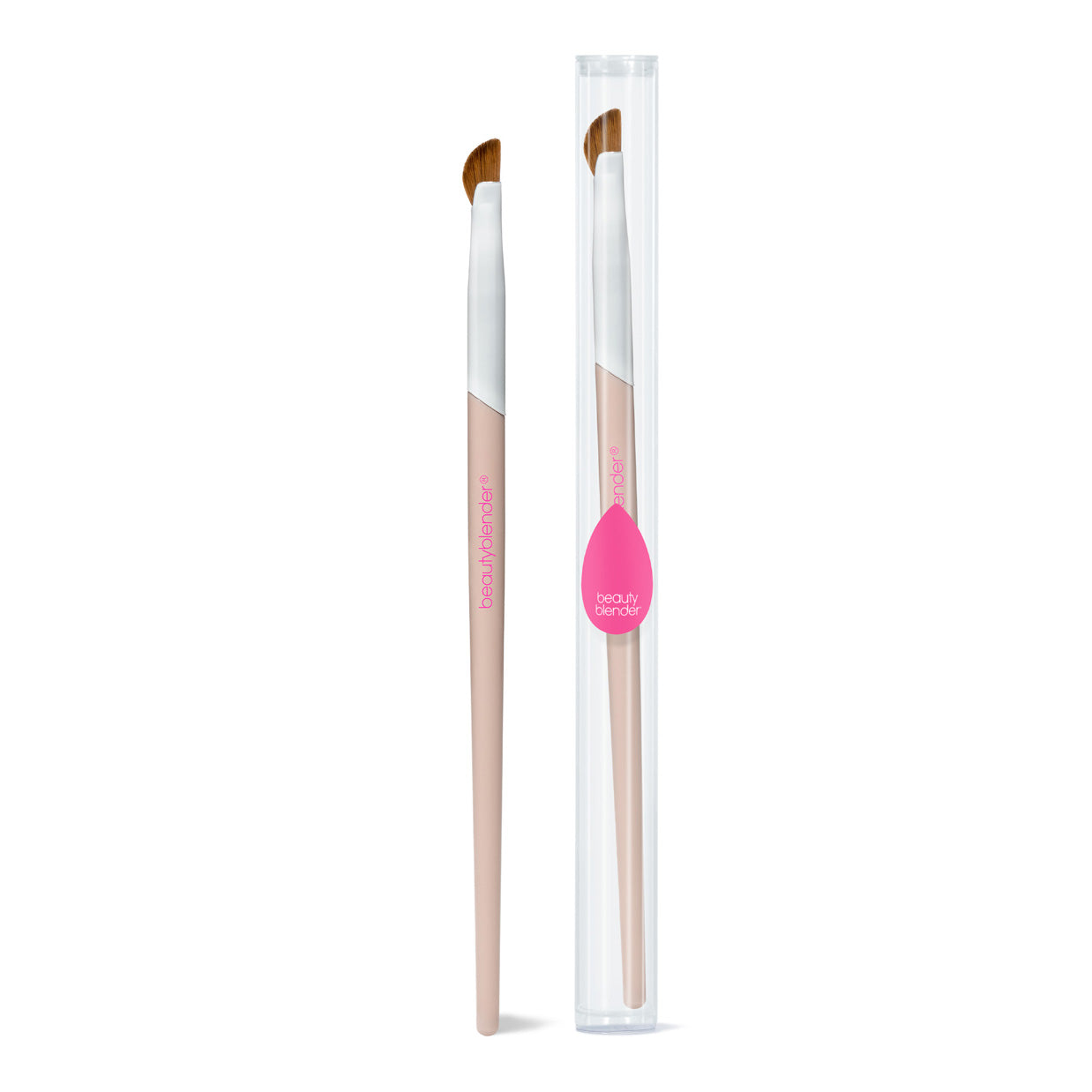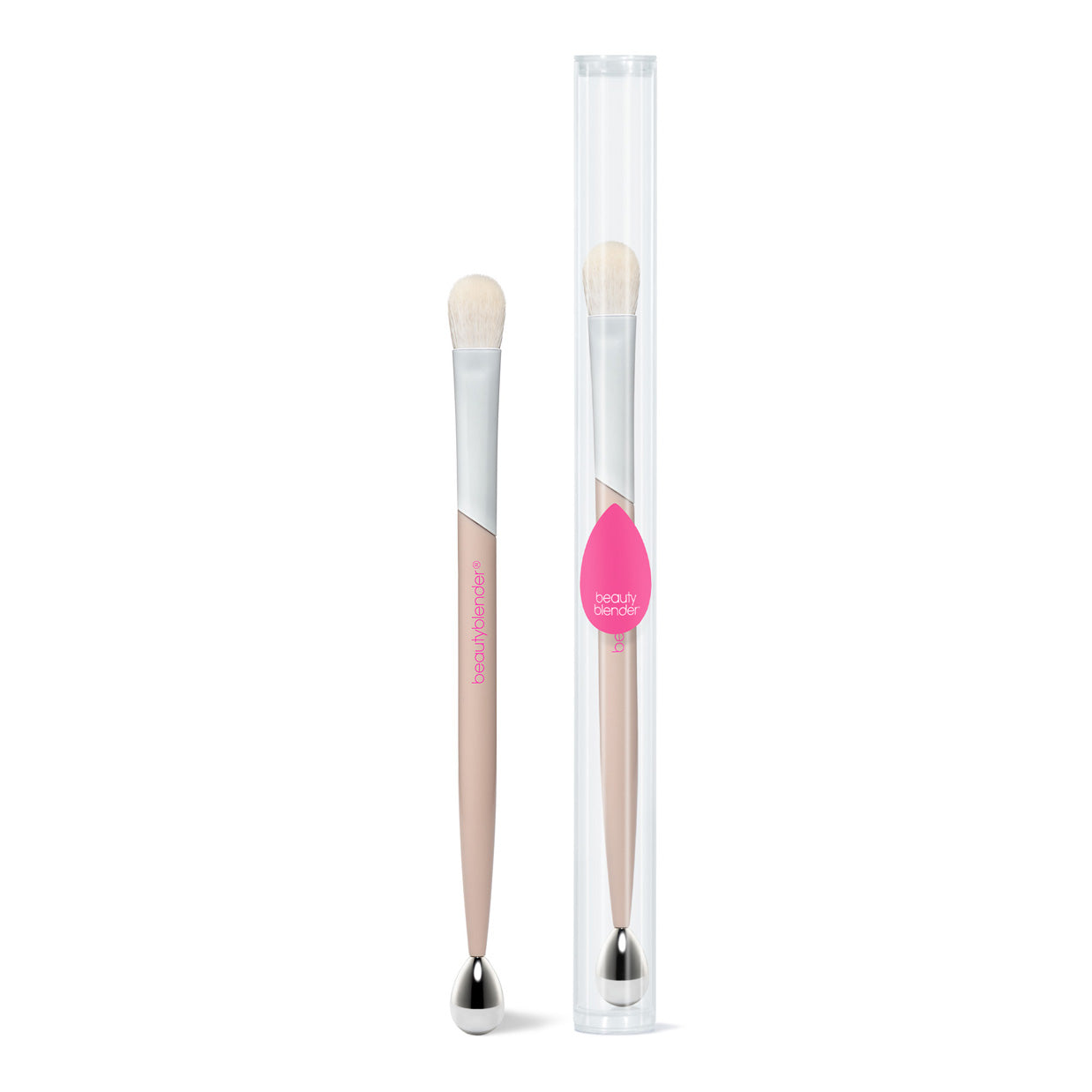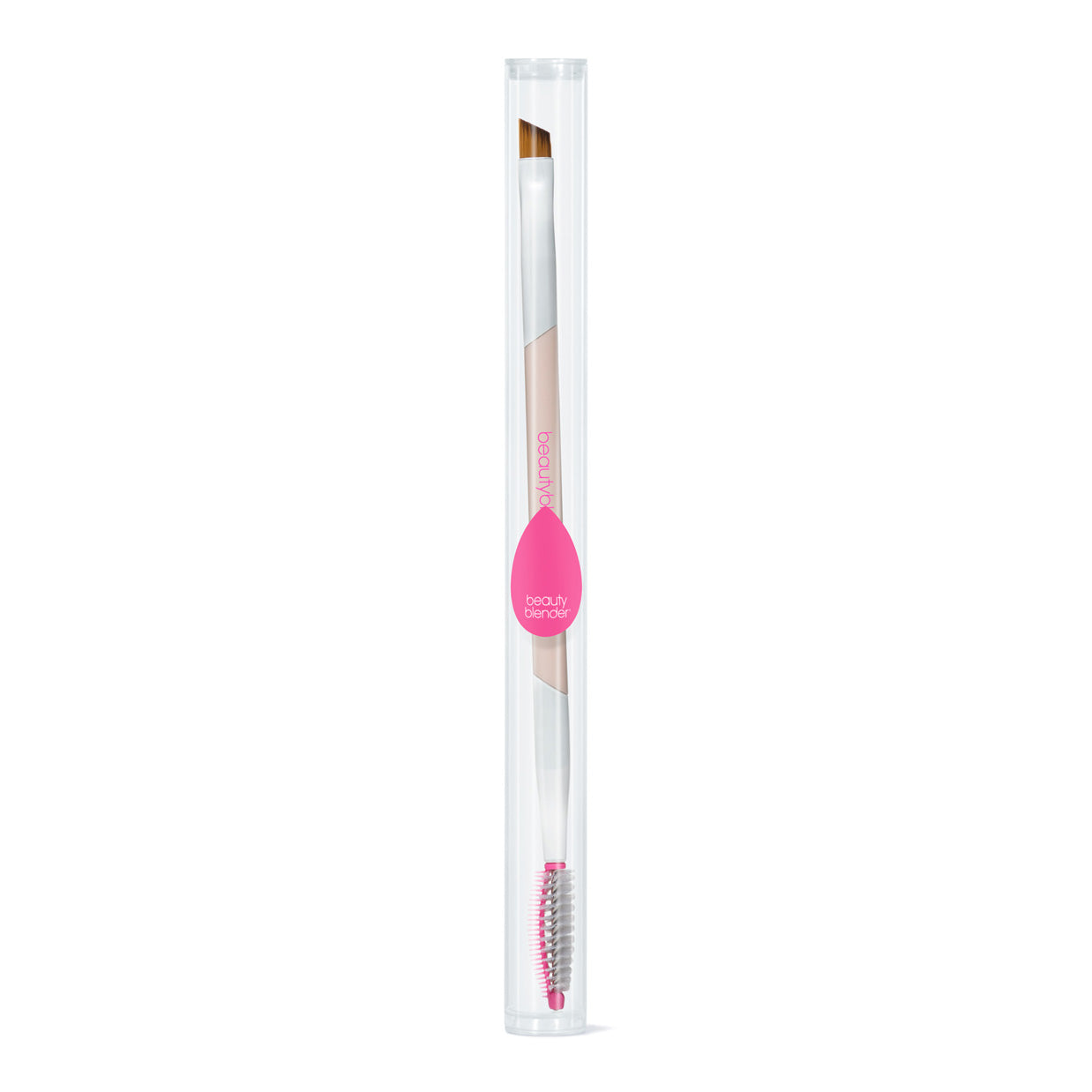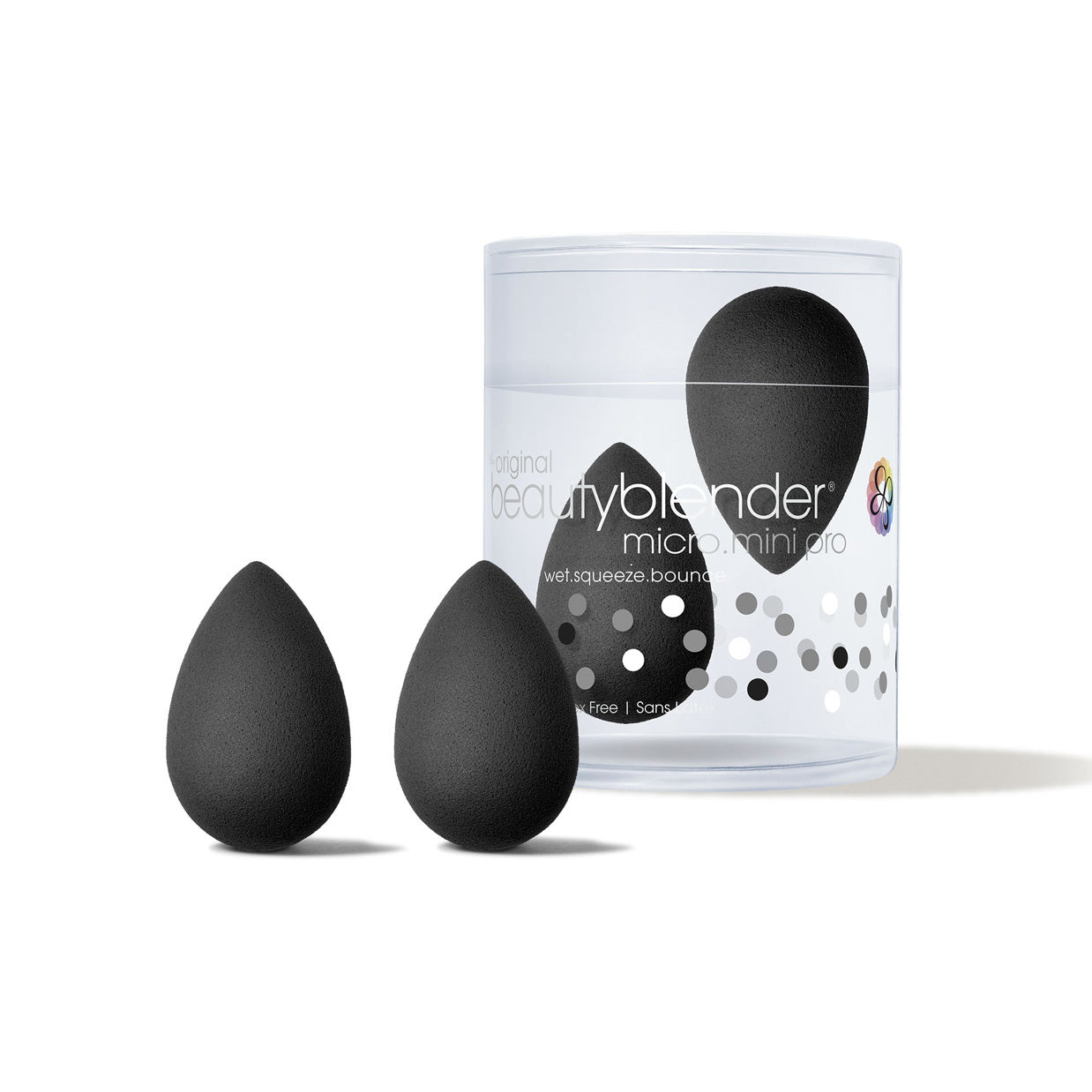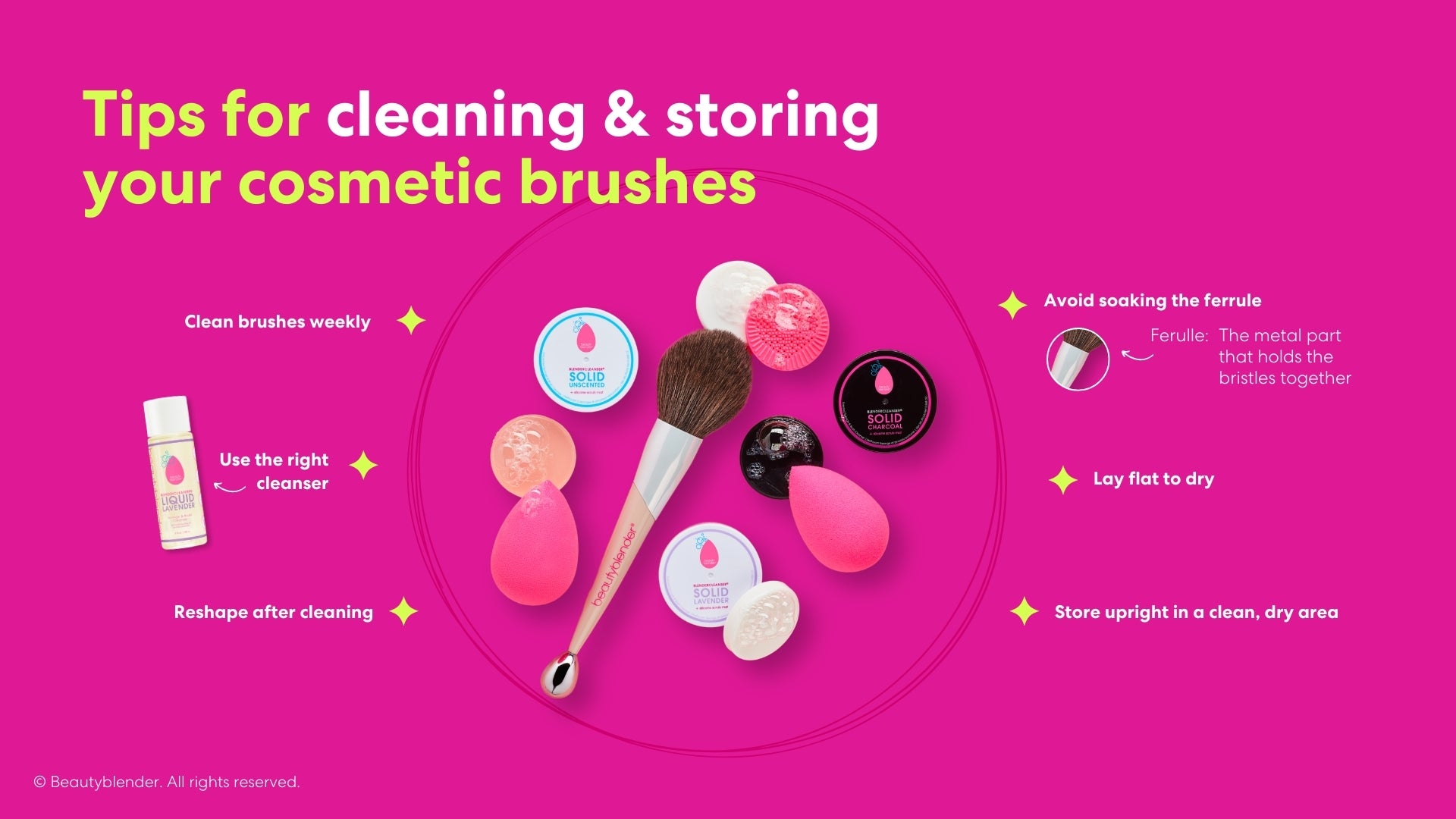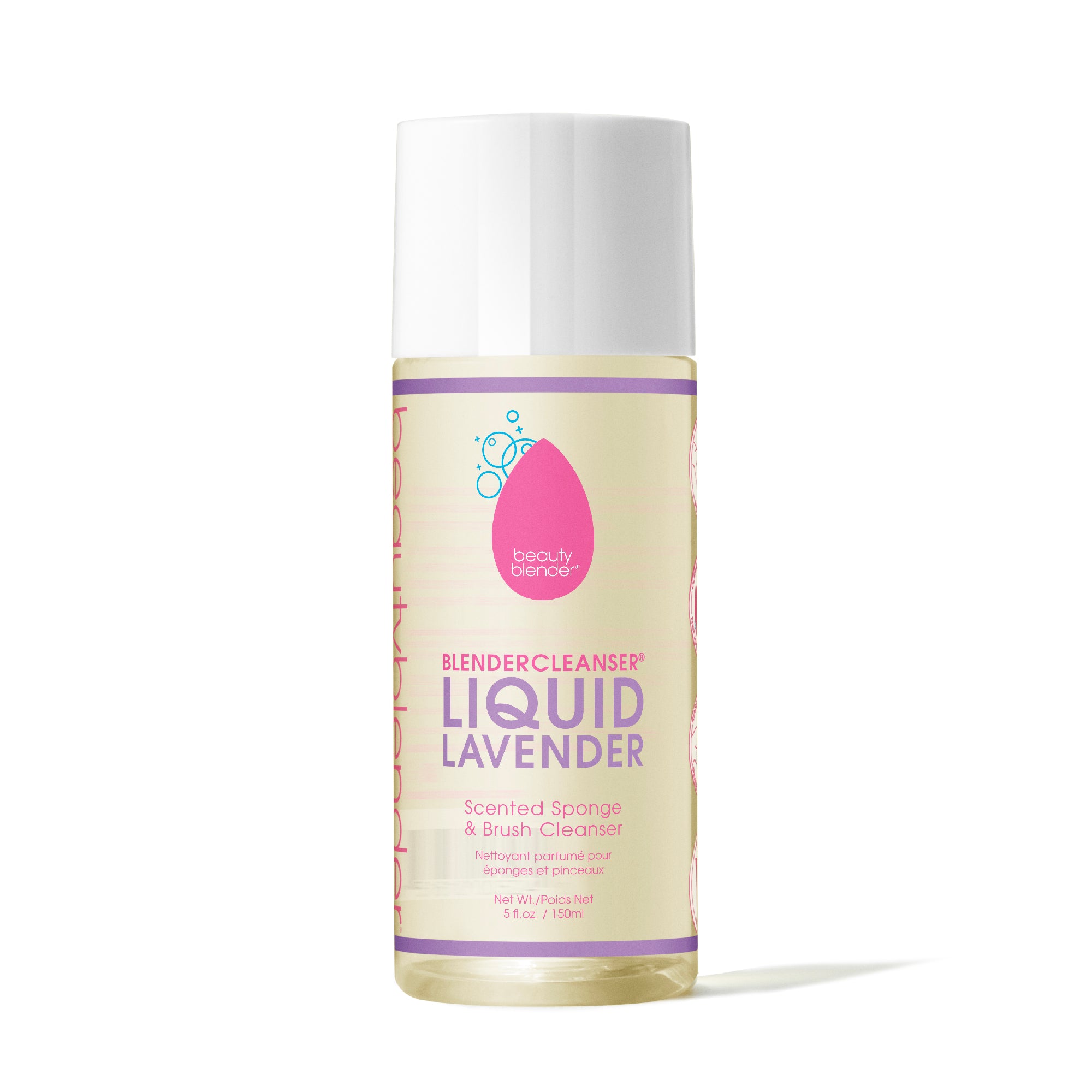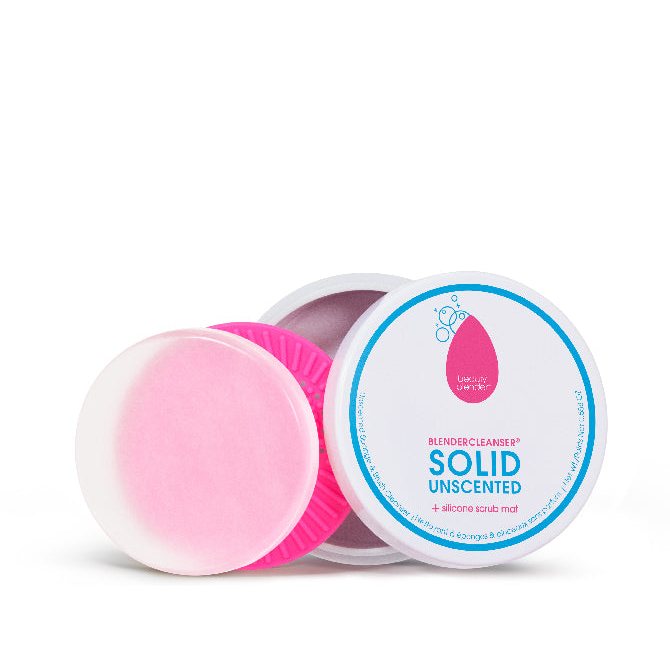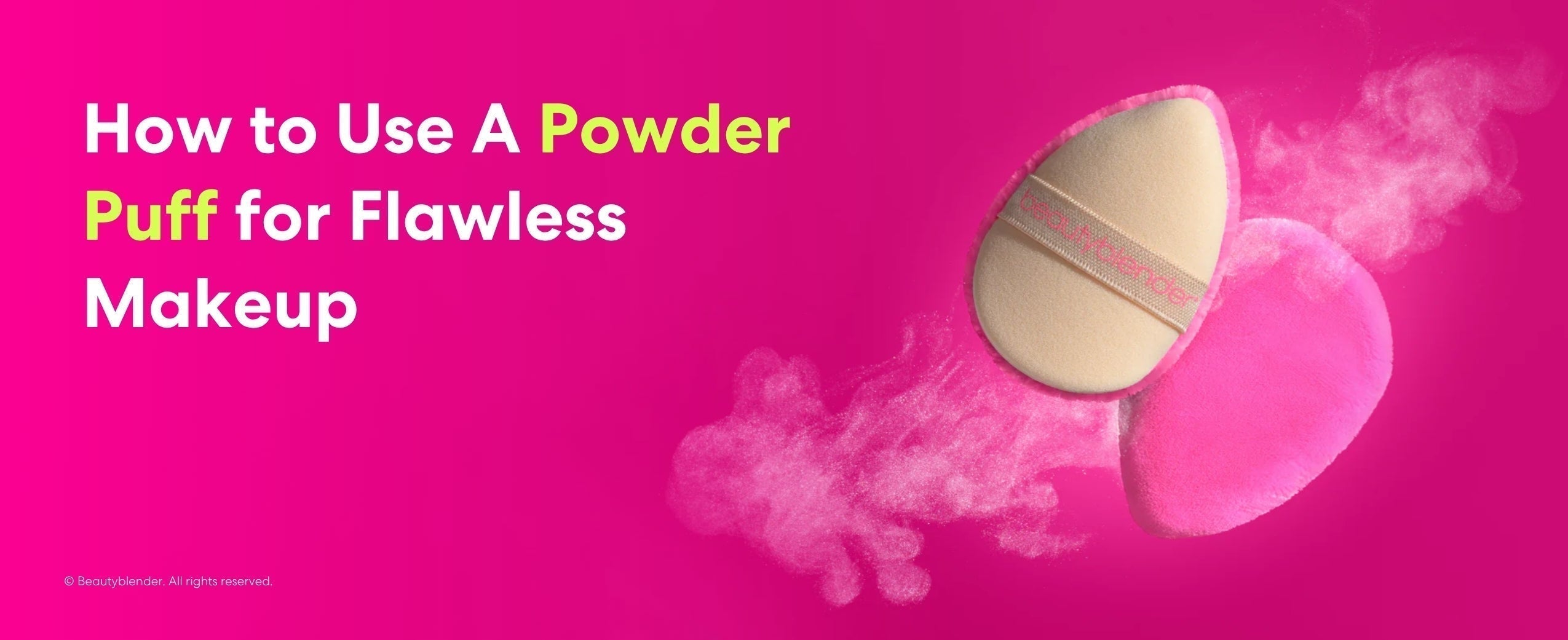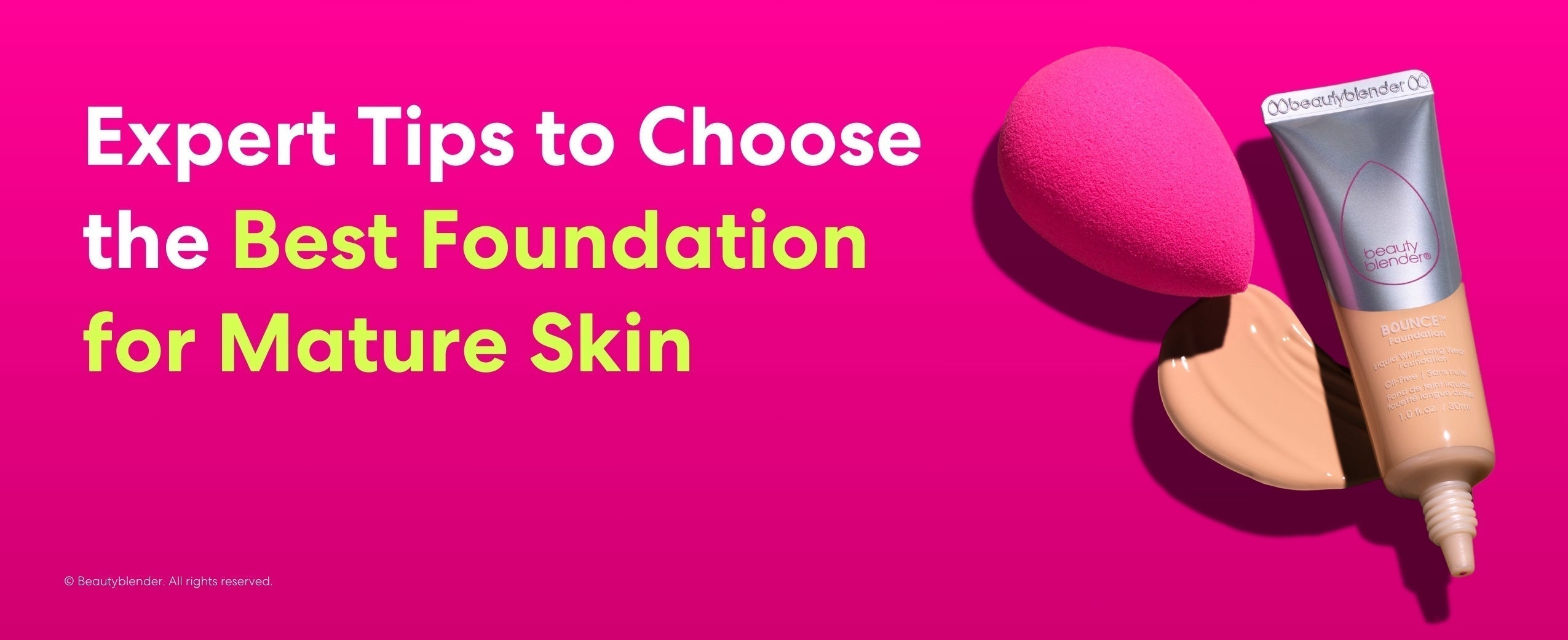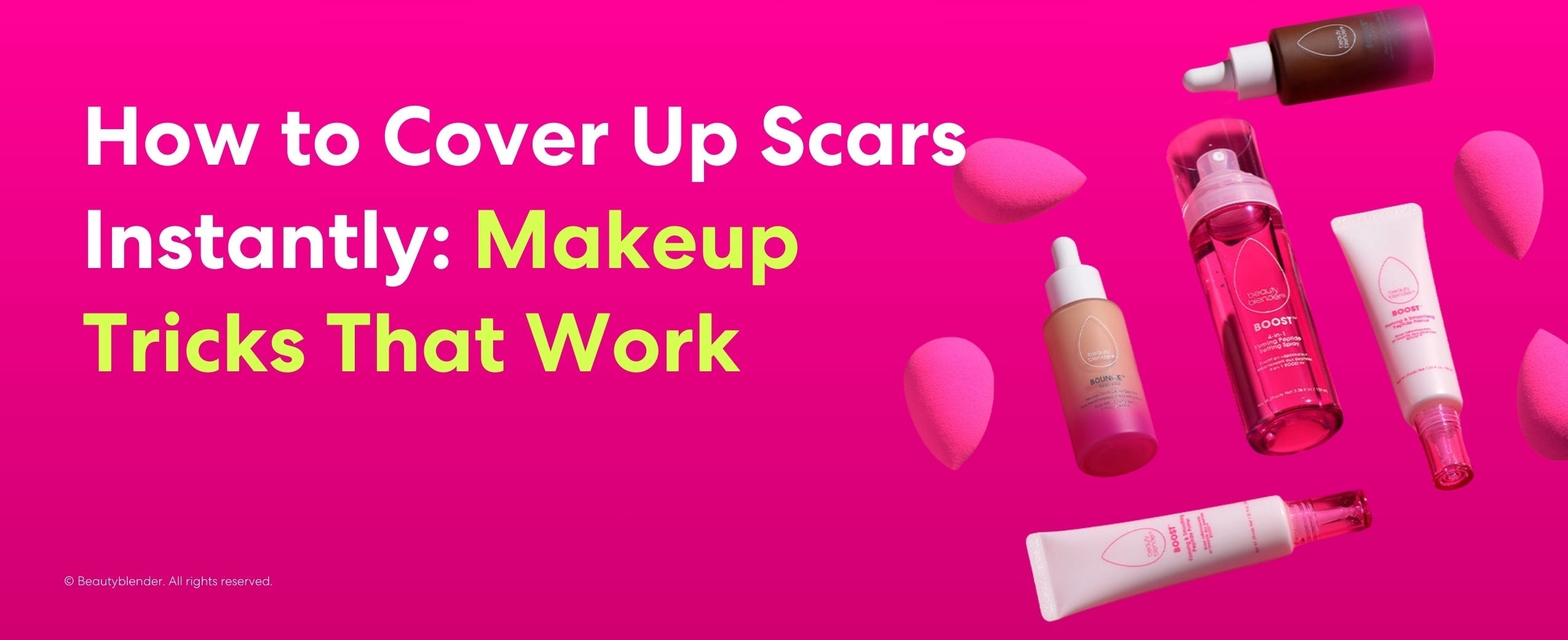How to choose the best makeup brushes to elevate your beauty routine?
Selecting the best makeup brushes is essential for anyone looking to improve their makeup application. The right tools can make a significant difference in achieving a flawless, polished look. When choosing brushes, focus on the types that match the products you frequently use. For powder-based makeup, a powder brush with soft, fluffy bristles helps distribute the product evenly across the face. An eyeliner brush is crucial for precise application, offering control for sharp lines or softer, smudged looks.
For eye makeup, an eyeshadow brush is versatile, allowing you to blend and build color effortlessly for any look, from subtle to dramatic. A brow brush is perfect for grooming and defining your eyebrows, helping you shape and fill in sparse areas with ease.
The quality of your brushes is just as important as the types you choose. Beautyblender makeup brushes offer better durability and performance, ensuring a smoother, more seamless finish. Opting for high-quality tools will not only make your application more efficient but also help elevate your overall beauty routine, allowing you to achieve results that look professional and last all day.
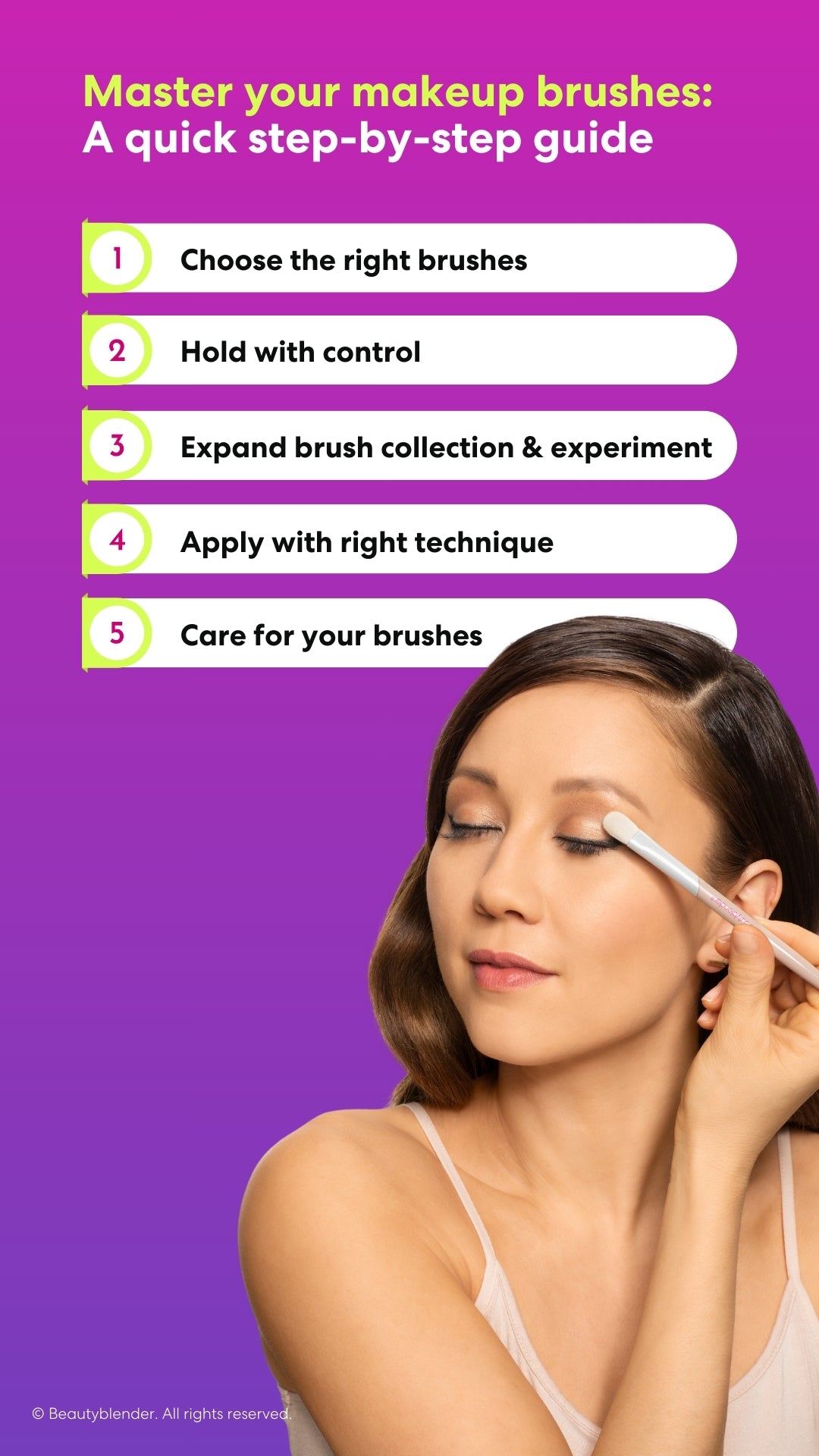
A step-by-step guide to mastering makeup brushes
Mastering makeup brushes is essential to achieving flawless, professional-looking makeup. The right makeup tools can make all the difference, but it's not just about owning the best makeup brushes—you also need to know how to use them effectively. This step-by-step guide will walk you through choosing, holding, and using cosmetic brushes to elevate your makeup game from beginner to pro.
Choosing the right makeup brushes
To achieve flawless makeup, start by selecting the correct makeup brushes for each task. Your brushes should match the products you're using—opt for soft, fluffy brushes for powders and firmer brushes for liquids or creams. For beginners, a basic makeup brush set should include a powder brush, eyeshadow brush, eyeliner brush, and brow brush. High-quality brushes provide better results, so investing in professional brushes is key to creating a polished look.
How to hold makeup brushes for control
Holding your brush properly is essential for precision. For most applications, grip the brush mid-handle to maintain control without applying too much pressure. Use a lighter hold when blending products like powders or blushes to achieve a softer, natural finish. When applying eyeliner or working on brows, grip closer to the bristles for more accuracy and detailed work.
Applying makeup with the right techniques
Using the correct technique is as important as the brush itself. For foundation, use gentle, circular motions with a powder brush to evenly distribute the product. When working with eyeshadows, use a patting motion with a flat eyeshadow brush to build color and a sweeping motion with a blending brush for seamless transitions. For eyeliner, use your eyeliner brush with short, steady strokes for a sharp, clean line.

Full Sweep Set & Cleanse Duo
Add To CartBesties Iconic Limited Edition 4-Piece Starter Set
Add To Cart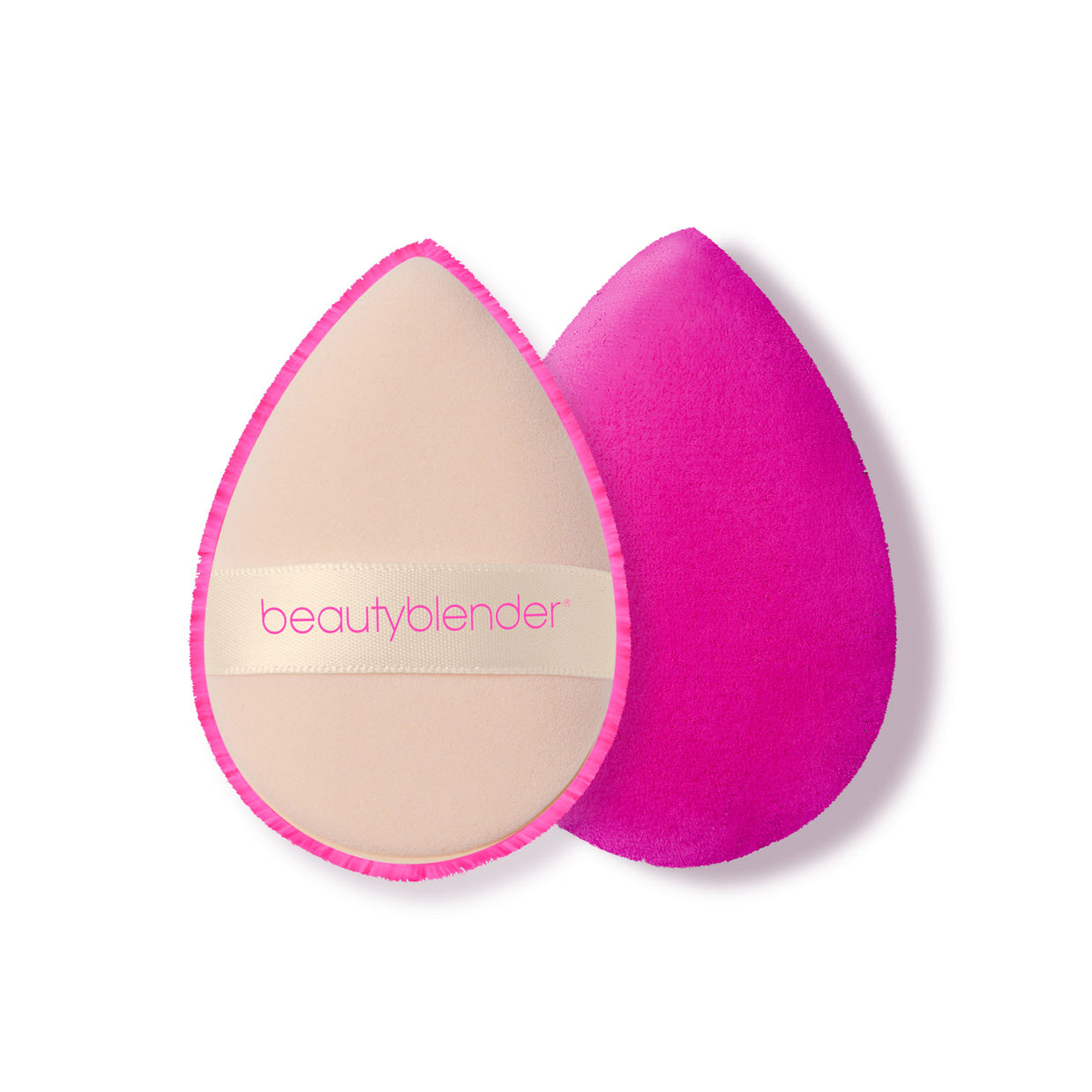
Power Pocket Puff™ Dual-Sided Powder Puff
Add To CartHow to incorporate eyeshadow brushes and powder brushes into your routine
Two of the most important brushes in your kit should be an eyeshadow brush and a powder brush. These versatile tools can be used daily to achieve a polished, natural look.
Powder Brushes are essential for applying setting powder, highlighter, or powder foundation. With their fluffy, soft bristles, they distribute the product evenly, avoiding the cakey, uneven look that some low-quality brushes can cause. When incorporating a powder brush, aim for one with slightly denser bristles if you're applying powder foundation, as this will give you more coverage.
Eyeshadow Brushes come in different shapes and sizes, but a flat eyeshadow brush is perfect for beginners. Its compact shape ensures that eyeshadow is applied evenly across your lid, giving you a smooth, even color distribution. Want to add more depth to your look? Use an eyeshadow crease brush to blend in darker shades and create that perfect smokey eye.
By incorporating these essential brushes into your makeup routine, you're simplifying your process while achieving a more refined and professional finish.
FAQs About Makeup Brushes
What are the essential makeup brushes I need?
The essential makeup brushes you need are an eyeliner brush for precise lines, a brow brush to define and shape your brows, an eyeshadow brush for smooth application and blending of eyeshadow, and a powder brush for evenly applying setting powder, blush, or bronzer. These versatile tools will help you achieve a flawless, polished makeup look.
How do I keep my makeup brushes in good condition?
You can keep your makeup brushes in good condition by cleaning them at least once every fortnight or even daily, depending on how often you wear makeup. Use a gentle brush cleanser to clean your brushes, and rinse the tips of your brushes using lukewarm water.
Then, gently squeeze out excess water from the bristles using a soft cloth or dry paper towels. Finally, store your brushes in a cool and dry place away from direct sunlight or humid conditions to extend their lifespan.
Is it better to apply makeup with a makeup brush or makeup sponge?
The better tool primarily depends on the look you want to achieve and the makeup type. Makeup brushes are generally better for opaque coverage and applying powder or cream products.
On the other hand, makeup sponges like the Original Beautyblender are better for achieving natural finishes and applying liquid foundation or tinted moisturizer.
That said, makeup sponges are often easier to use than makeup brushes, making them better suited for beginners. However, brushes provide more precision and control, making them better for complex applications.
How can I tell if my makeup brushes are good quality?
Good quality makeup brushes have soft bristles with minimal shedding and sturdy handles. If a brush feels scratchy against your skin and its handle feels flimsy, it's likely a poor-quality brush.
When should I replace my makeup brushes?
You should replace your makeup brushes at least once every 2-3 years if you use them sparingly. Alternatively, you should replace them semi-annually or annually if you use them frequently. However, this isn't a hard-and-fast rule.
Ideally, you should replace your brushes if you notice the bristles fall out, they emit a foul smell, or they don't produce your desired results, resulting in a cakey finish.
Which type of makeup brush is best?
The best type of makeup brush depends on the product and finish you're aiming for. For smooth, even coverage with powder products, opt for soft, fluffy brushes, while firmer brushes work better for liquid or cream products. Beautyblender offers a range of high-quality brushes, designed for both precision and blending. Their brushes, like powder and brow brushes, are crafted with soft, durable bristles that provide professional-level results, making them an excellent choice for flawless makeup application.
What is the best to clean makeup brushes?
The best way to clean makeup brushes is by using a gentle brush cleanser. Wet the bristles with lukewarm water, apply the cleanser, and gently swirl the brush in your palm or on a cleansing mat to remove makeup residue. Rinse thoroughly and reshape the bristles, then lay the brush flat to dry completely. Regular cleaning helps maintain the brush’s performance and prevents bacteria buildup. For a quick clean, you can also use a spray cleaner between deep washes.
What do makeup artists use to clean brushes?
Makeup artists often use liquid cleansers and solid cleansers to clean their brushes. Liquid cleansers are great for deep cleaning, as they effectively remove product buildup and bacteria from the bristles. Solid cleansers are convenient for quick cleans and are gentle on delicate brushes. Both options help maintain the performance and longevity of makeup brushes, ensuring they stay in top condition for flawless application.
What type of bristles are best for makeup brushes?
The best type of bristles for makeup brushes depends on the product you're using. Synthetic bristles are ideal for liquid and cream products like foundation or concealer, as they don't absorb product and offer smooth, streak-free application. Natural bristles, typically made from animal hair, are better for powder products like eyeshadow or blush, as they have a textured surface that picks up and distributes powder evenly. Both types have their strengths, but synthetic brushes have become more popular due to their durability and cruelty-free nature.
Do you wet your makeup brushes before using them?
You generally don’t need to wet your makeup brushes before using them for powder products. However, slightly dampening your brush can be beneficial when applying liquid or cream products, as it helps blend the product more smoothly and prevents streaking. Wetting certain brushes, like those for eyeshadow, can also intensify the pigment and give a more vibrant finish. Just be sure not to soak the brushes, as excess water can damage the bristles over time.
Do I need to wash makeup brushes after every use?
While it's not necessary to wash your makeup brushes after every use, it's a good practice to clean them regularly to maintain hygiene and performance. For brushes used with liquid products, like foundation or concealer, washing them after each use is recommended to prevent bacteria buildup. For powder brushes, a weekly cleaning is usually sufficient. In between deep cleans, you can use a quick-drying brush spray cleaner to keep them fresh and minimize cross-contamination between products.
